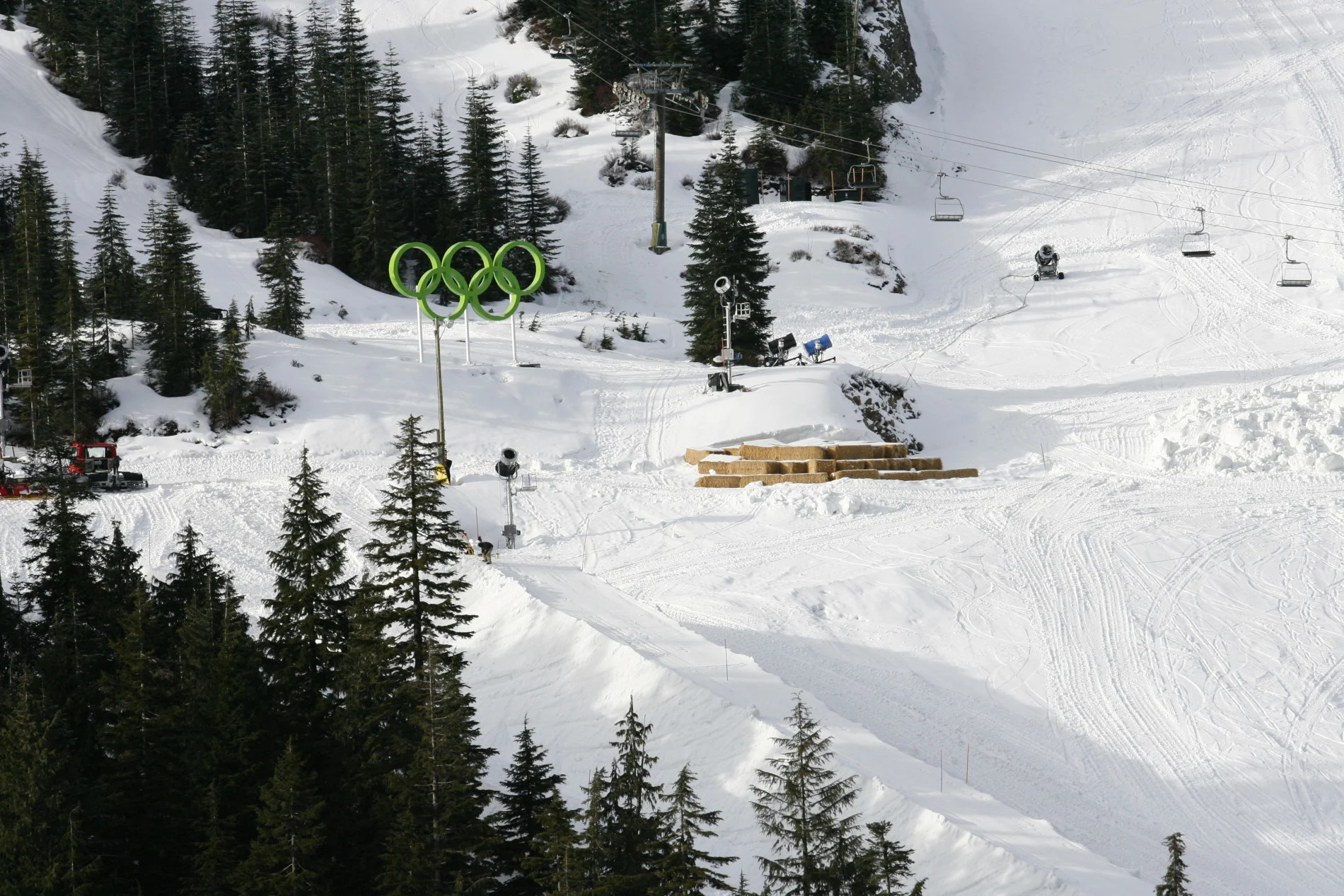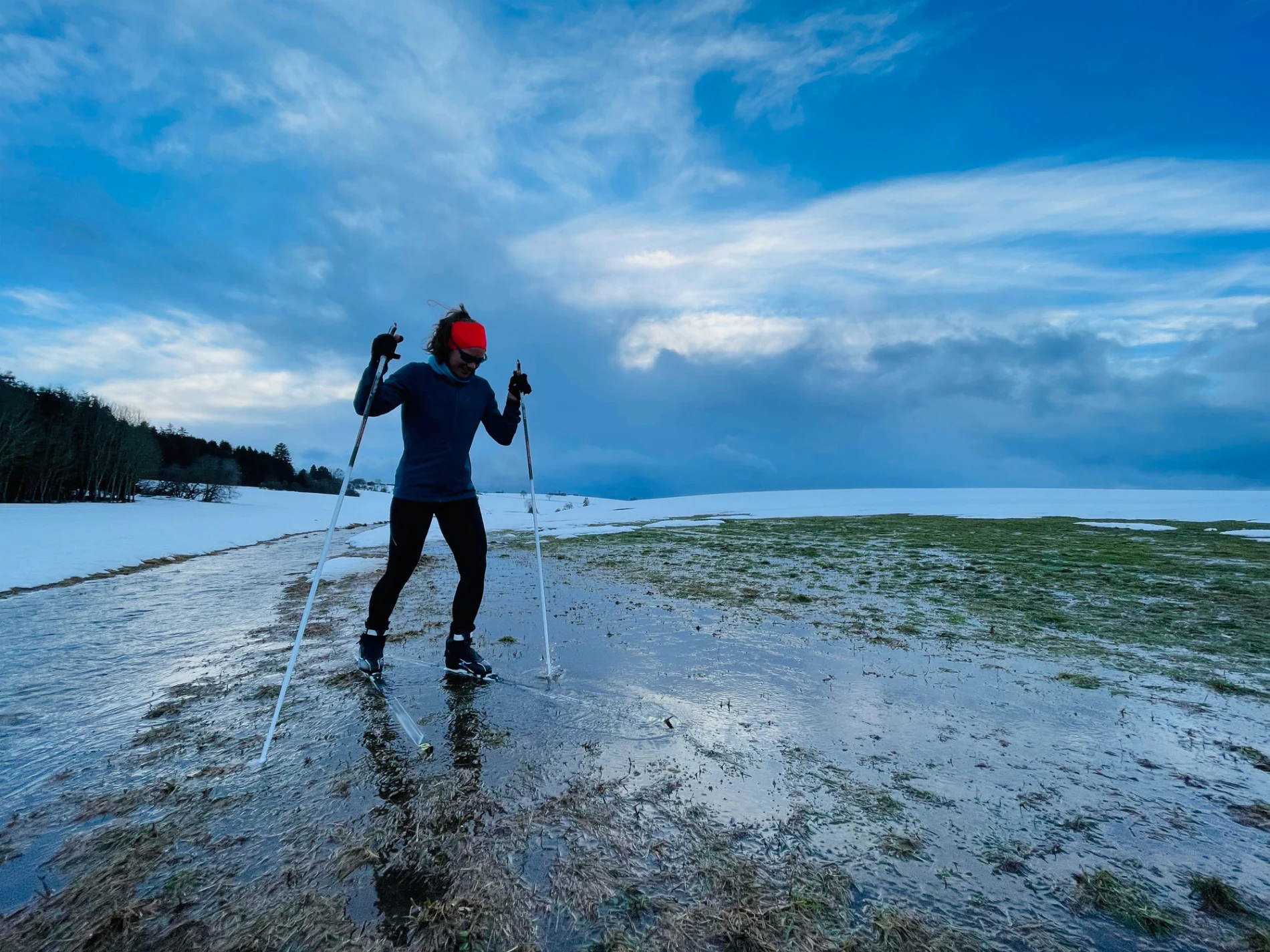
Where could future Olympic Winter Games be hosted as the climate warms?
The Olympic Winter Games are becoming warmer, rainier, and foggier, and many elite athletes say they are worried about future conditions for the next generation of competitors.
The number of cities in the Northern Hemisphere that could host future Olympic Winter Games (OWG) is quickly dwindling, an international team of researchers has reported.
As the winter season shortens and temperatures become warmer, snowy and frigid conditions can no longer be taken for granted. The researchers’ study, published in Current Issues in Tourism, reported that future climate models show that most of the previous host cities would no longer be able to provide fair and safe conditions for Olympic snow sports competitions by 2100.
During the last 50 years, the frequency of unfair-unsafe conditions has increased in 21 OWG host locations, which is a trend that is expected to continue. If the Paris Agreement is realized, there are expected to be 13 reliable hosts by 2050 and 12 during the 2080s.
However, if emissions continue at current rates, those numbers are reduced to 10 in the 2050s and eight in the 2080s. By 2100, Sapporo, Japan will be the only reliable host city due to the supply of natural snow and cool temperatures in which artificial snow can be created.
Some challenges related to abnormally warm temperatures were apparent at the 2010 Winter Games in Vancouver when conditions were exacerbated by El Niño’s warming influence on the West Coast. Bales of hay that were then covered by snow imported from the north were needed to bulk up the foundations used in some ski and snowboarding events.

Olympic Rings in the middle of the Snowboarding and Half Pipe courses near bales of hay that were used to create a jump at the 2010 Olympic Winter Games. (Kim Stallknecht/ Getty Images for Vancouver Olympic Committee)
Data analysis backs up the increasingly common soggy conditions occurring at the OWG. The average February daytime temperature of OWG host cities, including Beijing, during the 21st century is 6.3°C, a steep climb from the 0.4°C average seen at the Games from 1920-1950 and 3.1°C from 1960-1990.
Obstacles caused by the unusually warm temperatures in Vancouver are what many host cities could contend with in the future. Dr. Daniel Scott, Professor at the University of Waterloo and lead author of this study, stated that current weather conditions seen during the OWG are drastically different than what they once were decades ago.
“Some of the first games were held in Chamonix in some of the areas in the 1920s, so you needed frozen lakes and things to have the games on. It was a cooler era back then [and] you couldn't host the Games the same way today. There's almost no location that you would have that sort of guaranteed frozen ice surface for hockey and things like that,” Scott said to The Weather Network.

A skier in Switzerland contending with melting snow. (AscentXmedia/ E+/ Getty Images)
Scott and his team of researchers interviewed over 300 international elite athletes, some of which are Olympians, and their coaches to define what “fair and safe conditions” mean in winter snow sports. Their concerns around climate change impacts were also recorded and 89 per cent felt competition conditions are being affected by changing weather patterns; 94 per cent fear climate change will impact the development of their sport in the future.
“If we start to lose some local ski areas, that's the pipeline to the next generation of athletes. And so [the interviewed athletes] were concerned not just for their own time in the sport, but whoever comes next,” Scott explained.
“We wanted to understand from the athlete’s perspective what climate and snow conditions made competition fair and safe, and then determine which Olympic hosts could provide those conditions in the future,” Natalie Knowles, a former Canadian elite skier and Ph.D. student involved in the study, stated in a press release.
The International Olympic Committee (IOC) has committed to addressing climate change impacts and reducing greenhouse gas emissions that are associated with their events. According to the study “the IOC as an organization has one of the most ambitious emission commitments in sports and across all sectors” and has a goal of becoming climate positive by 2024.
“The IOC has made it contractually obligated that all the Games after I think the Paris Games will have to be climate positive, so reduce more emissions than they put out. And so that's great to see some leadership from the top as well as from the bottom from the athletes,” Scott said.
Thumbnail credit: Philippe TURPIN/ Photononstop/ Getty Images












